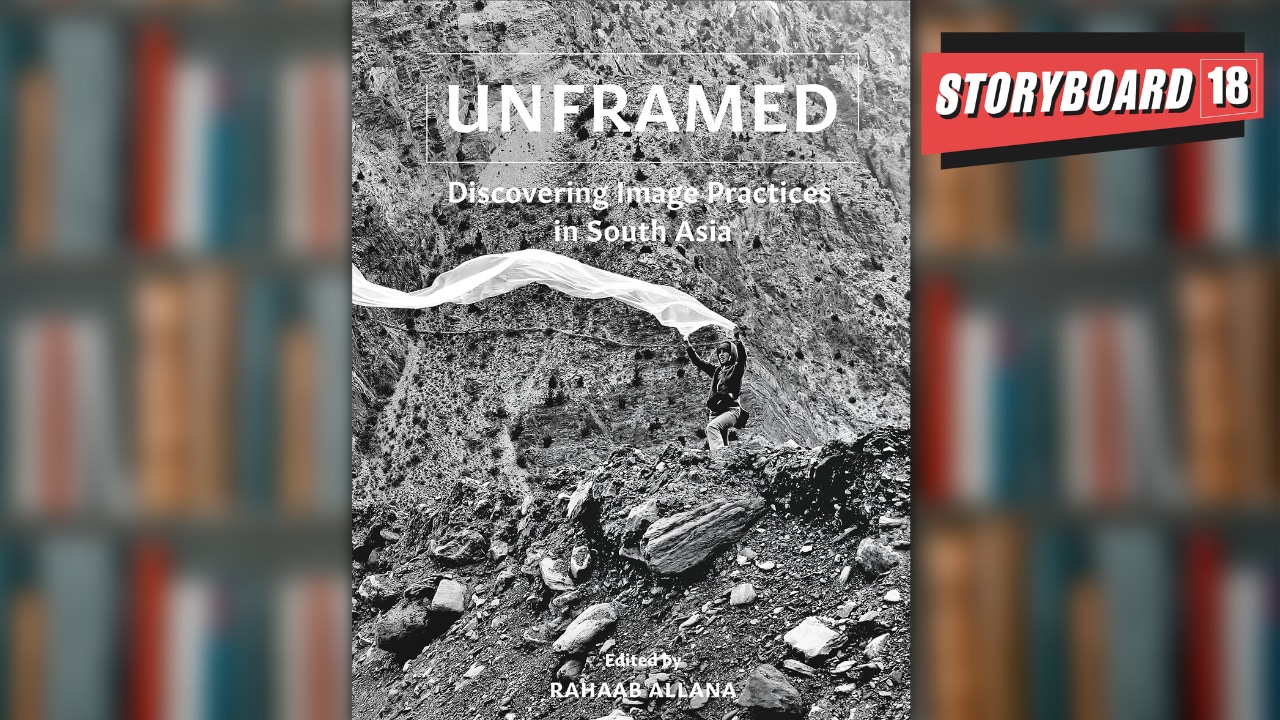When photographs speak…
Could photography be the only surviving evidence to understand things that transpired in the past? Does the traditional photographer love prints more than digitised images? Like authors love physical books.
Editor Rahaab Allana has been credited with curating a ‘pressing pedagogic work,’with her the book ‘Unframed.’ She aims to dismantle our conditioned habits of viewing ‘who’ and ‘where we are’, ‘what is real’ in our world. She also uproots the frames of familiar history, making us realise that peoples and cultures that seem unconnected today may have had generative connections in the past!
The book, an academic and historical work- is divided into 5 sections and features contributions from several exalted names in art. Here are our key BookStrapping insights.
There is an insightful sentence in the book, ‘every image can be viewed with ideological suspicion and hence it bears ethical and empathetic weight. If you and I see this the context of edited images, thanks to ‘filters’ that sit on ‘instant smartphone photography’, edited images are light and yet invite rampant suspicion.
Photojournalism is celebrated as a ‘privileged experience.’ The book says, “the claim to an enriched life experience delivered through photographic practice is related to the idea that history is an accumulation of significant events.”
“A man may die, but thats because he is real, while his soul is immortal and so is his image”, says an article referenced in the book. This was true when photography was rare. But is it still true today?
The earliest documented evidence for the camera obscura(the predecessor of the photographic camera) is at the court of Mewar in 1818. Cameras like Kodak and Agfa arrived in the subcontinent in the 1840s and their entry propelled the arrival of postcards in 1890s.A collection of Postcards from the Raj, which were famously called ‘Paper Jewels,’ is printed in the book. A joyful experience.
The book makes you appreciate that photographers travelled, that they were engaged for projects etc. The chapter on Maharaja Sawai Ram Singh of Jaipur, his motivations and his agency, make for very interesting reading.
This book is a growing plea for collective awakening, an exhaustive work from Rahaab Allana, who has been a self-confessed student; eager to learn about the inter-relationship between art, location, borders. She points out how an avenue in Tehran, often looks just like a street corner in Delhi and so much of South Asia – connected by the Arabian Sea in this instance, have intermixed identities.
Ebrahim Alkazi has every reason to be proud of his grand daughter.
Reeta Ramamurthy Gupta is a columnist and bestselling biographer. She is credited with the internationally acclaimed Red Dot Experiment, a decadal six-nation study on how ‘culture impacts communication.’ On Twitter @OfficialReetaRG.
